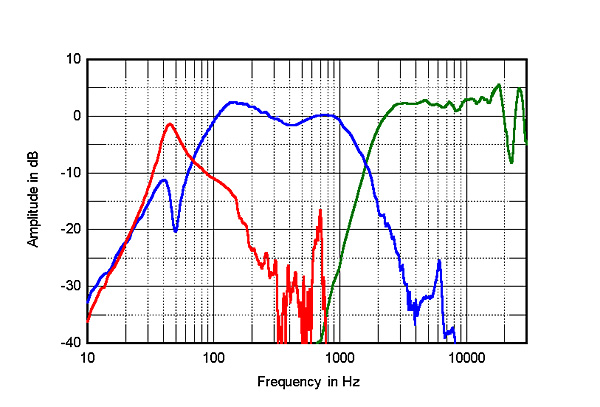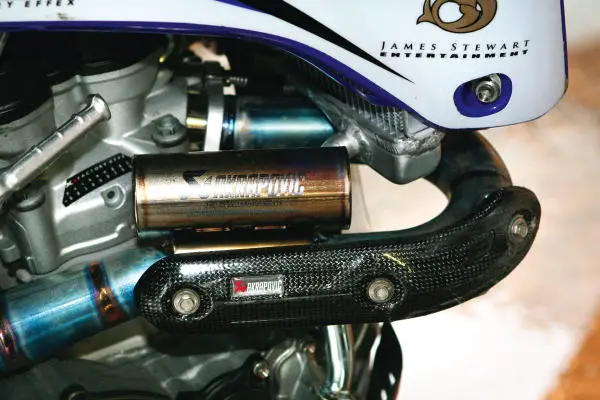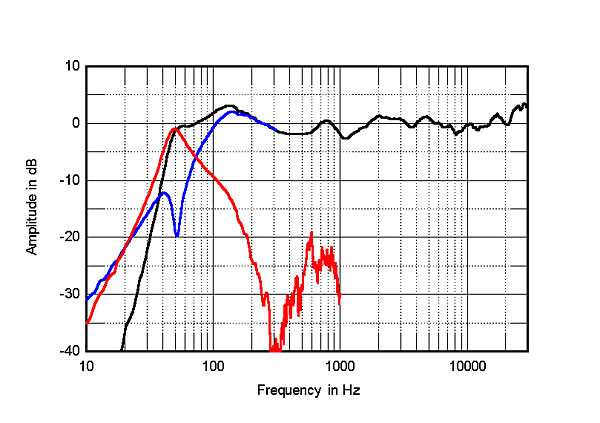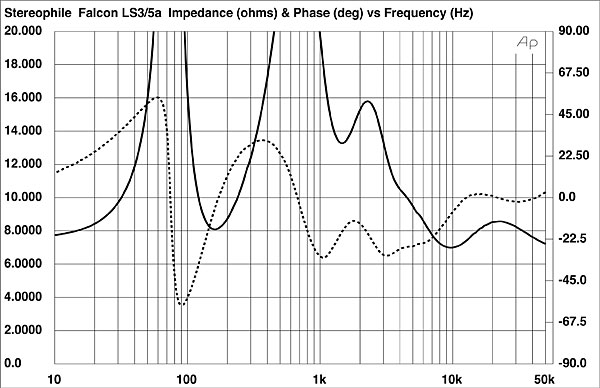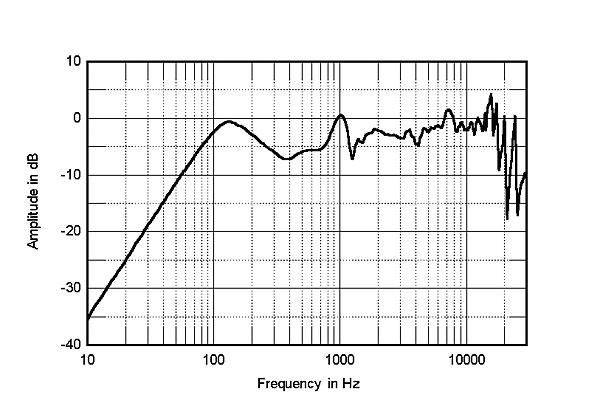1. Transients doesn't sell, bass does.
There are several aspects in play, it seems to me.
- In frequency response terms, a ported system can behave absolutely perfectly when fed a steady sine wave. This is not an issue.
- There are, however, phase shifts that are associated with the port, that vary with frequency in a characteristic way
- Such phase shifts can be corrected by pre-shifting the phase of the signal. The system would at first appear to be perfect in the frequency and time domains.
This assumes that music comprises steady tones. But does the system behave perfectly with transients (that much music comprises)? This is where I have my doubts - but it's difficult to find evidence because people only think about performance with steady tones.
(For me, use of DSP is a given, so I wouldn't be worried by a system that required DSP to correct it; I'm not worried if 'time smear' is only a phenomenon of a passive, uncorrected system).
What does the system do when fed with, say, a positive impulse from a standing start? The resonator is not 'charged up'. The signal across the voice coil creates a force and the cone moves outwards as if in a sealed enclosure. In doing so, it effectively begins to charge up the resonator by reducing the pressure within it. Some time later, air is drawn into the box through the port and the pressure within it equalises through ambient and then overshoots, going above ambient pressure. Some time later, it begins to escape through the port - this being the
in-phase port output that we hear so much about - but it had to go through an anti-phase impulse to get there. If the incoming signal varies periodically in the right way, the resonator begins to 'sing' and its back pressure opposes the force of the cone in such a way that it could reduce to almost to zero displacement - at that resonant frequency and depending on the configuration of the resonating system. If the signal dies to nothing suddenly, the resonator continues to 'sing' for some finite time as it decays away. Presumably it is also modulating the cone's position, too, as the two are interacting.
My question is: can the composite sum of the cone's front face and the output of the port be pre-corrected with DSP to provide the correct time domain behaviour with transients? Unlike a sealed box, we are hearing the output of two 'transducers', one of whose output is derived from the inverse of the other's.
With a sealed box, if I don't like something the system is doing, I can modify the signal to oppose it - the result is instantaneous i.e. any modification I make to the signal is reflected in the cone movement
immediately and the cone is the only acoustic output. The air in the box may oppose the cone movement and may do delayed things that later modulate the cone, but I could anticipate and oppose those, too, if I wanted, and as long as they were a decaying phenomenon, they could be eliminated with DSP.
With the ported speaker, at bass frequencies, anything I do with the front face of the cone will result in a delayed anti-phase->in-phase modulation of the port output - it cannot be any other way. If I naively decide to oppose a defect of the system by pre-correcting my signal with the inverse, the port still provides a delayed anti-phase/in-phase sequence that may be bigger than the correction. If I oppose that with a further pre-corrected inverse correction it produces another one that's even bigger. So I simply cannot pre-correct the transient.
Is this the fundamental difference between ported and sealed speakers, and why they cannot be made equivalent even when DSP correction is available? It isn't a question of steady state frequency domain behaviour; it's what the system does with transients given that the output of the ported speaker is the parallel sum of two 'transducers' chained together, one of which is a resonator.
